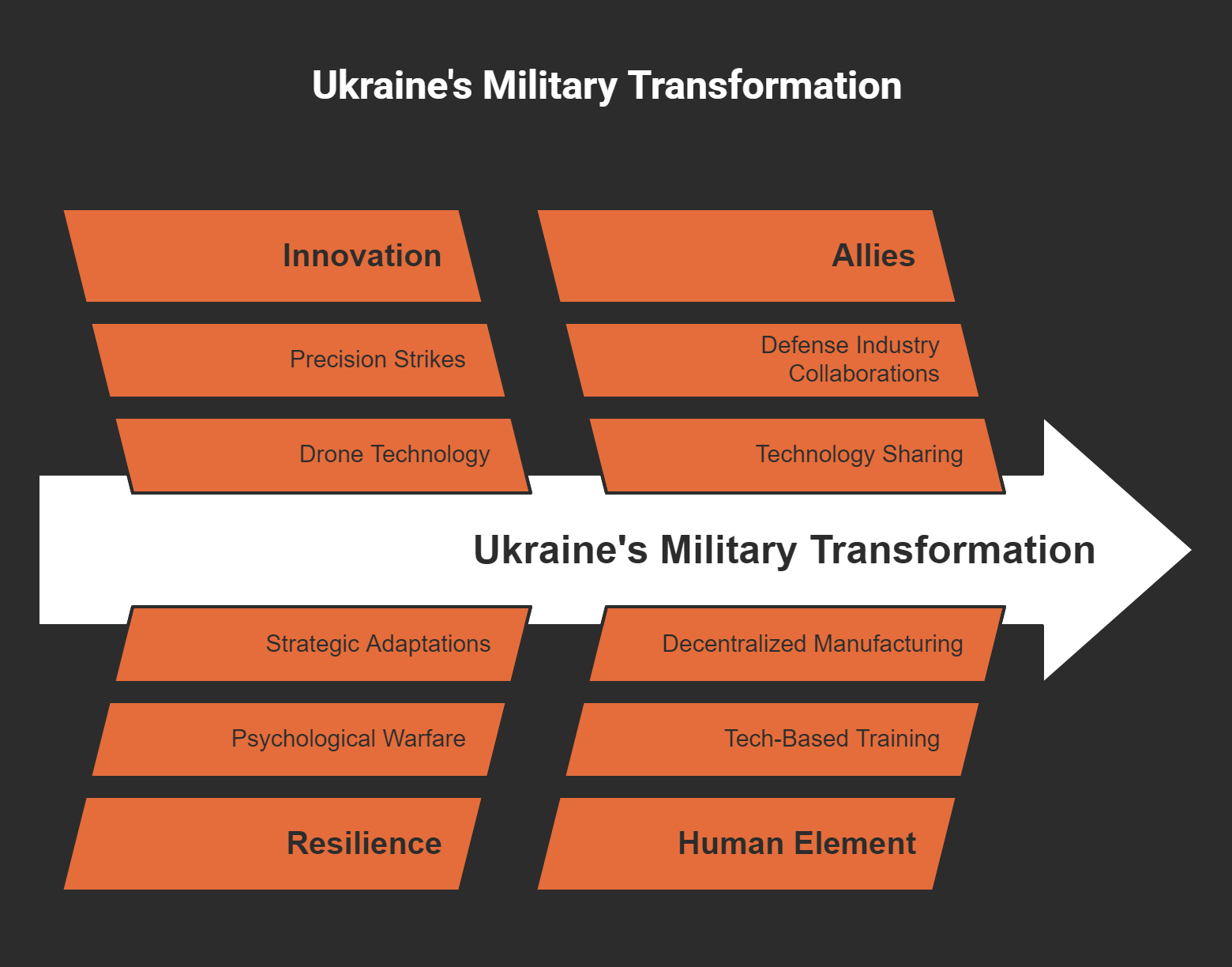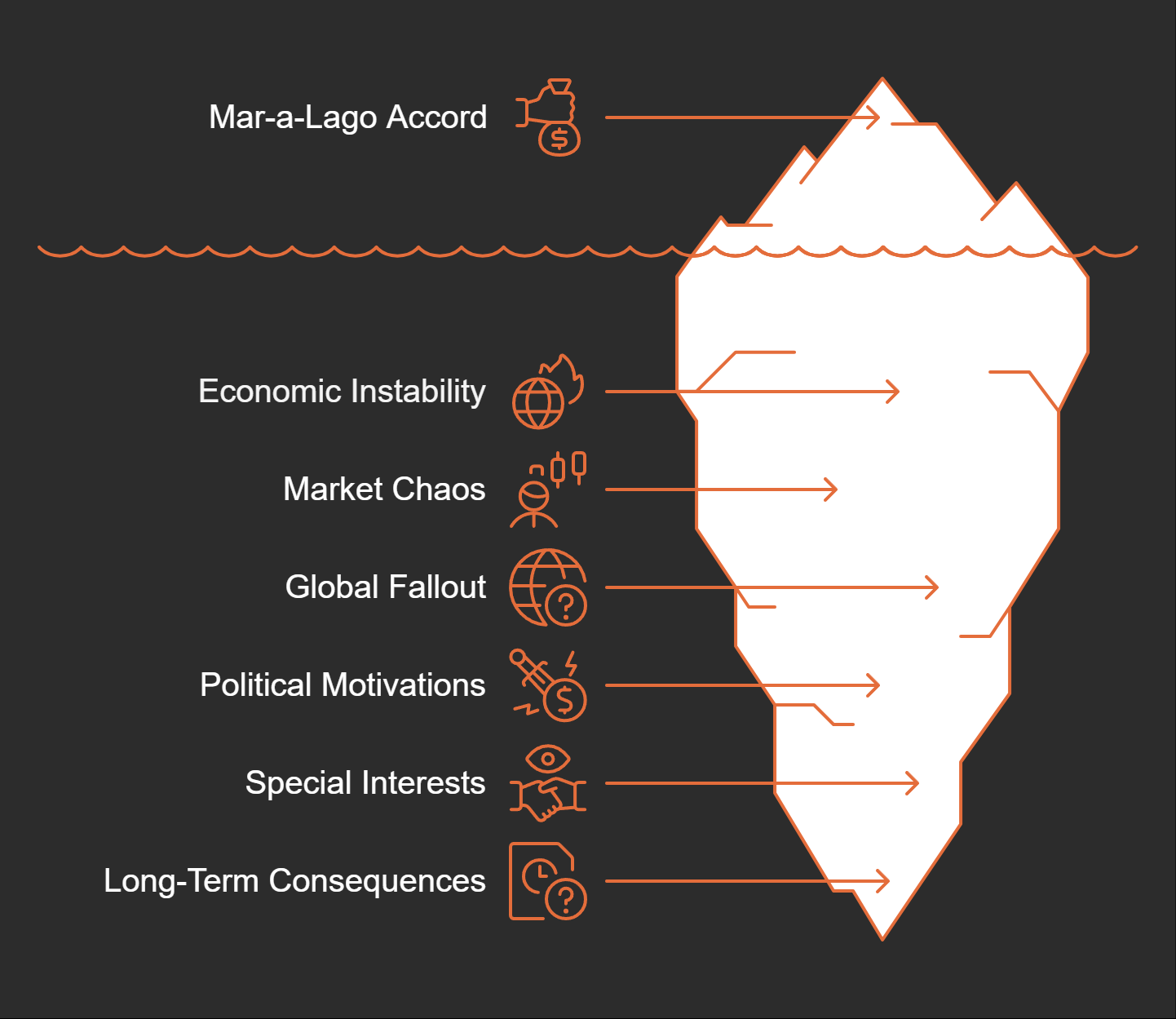Putin's Struggle Mirrors World War I Mistakes
Description
When Russian tanks rolled into Ukraine in February 2022, the world braced for a swift victory for the invading forces. As I sat watching the news, I couldn't help but think, 'How could this happen to a nation struggling with outdated Soviet-era military equipment?' But as the days turned into months, a remarkable story unfolded—a tale of resilience, innovation, and transformation that echoes throughout history. Ukraine wasn't merely fighting; it was revolutionizing its military in real-time, charting a course that challenged not just Russia's might, but the very definition of modern warfare.
Thanks for reading Geopolitics Talk! Subscribe for free to receive new posts and support my work.
The Awakening: Performance vs. Expectations
When Russia invaded Ukraine in February 2022, the world held its breath. Experts predicted rapid capitulation. They imagined Ukrainian forces crumbling under the weight of Russia's might. After all, Russia enjoyed a staggering military advantage—10 to 1 in artillery fire. But what unfolded was far from the expected narrative.
Defying Predictions
In those early days, something remarkable happened. Ukrainian forces didn't falter. They stood their ground, adapting their strategies in ways that surprised everyone. They didn't fight like traditional armies. Instead, they embraced mobility, surprise, and creativity. Ukrainian defenders, for instance, fiercely contested the Hostomel Airport, turning a Russian stronghold into a site of failure. This wasn't about numbers; it was about strategy.
* Initial Predictions: Experts thought Ukraine would fall quickly.
* Reality: Instead of surrendering, Ukraine fought back fiercely and innovatively.
Ukrainian forces knew they couldn't match Russia’s artillery. So, they chose a different path. They focused on ambushing supply lines and targeting logistics. These strategies turned the tide, revealing the underestimation of Ukrainian willpower by both Russia and the West.
Symbolism in Abandonment
As Russian tanks ran out of fuel and were left abandoned on Ukrainian roads, these vehicles became symbols of a larger truth. They represented not just military failures but the resilience of the Ukrainian spirit. Each abandoned tank echoed a message: Ukraine would not be an easy target.
It’s fascinating to think about how warfare has evolved. The abandoned equipment spoke volumes. It illustrated that tactics matter more than sheer numbers. In a modern battlefield where technology and strategy intersect, traditional notions of strength began to crumble.
Psychological Warfare
The psychological element played a crucial role here. As Ukrainian forces fought back, they not only defended their territory but also boosted morale. Many believed that they were fighting against a formidable foe. Yet, as battles unfolded, they realized that the Russian military was not as invincible as once thought. This realization spurred even greater resistance.
"War is an industry, and we will become the factory operators of our own defense." - Ukrainian Defense Official
This quote underscores a significant shift. Ukraine was not just defending itself; it was innovating its defense strategies. They took the initiative to create a military-industrial response tailored to their unique challenges. Their ability to adapt is a testament to their resilience.
The New Strategy
In those early chaotic days, it became clear that Ukraine had to rethink its military approach. They couldn’t win by sticking to conventional tactics. Instead, they decided to play to their strengths—agility and local knowledge. This transformation was not instantaneous. It required a complete overhaul of military thought processes.
The world watched as Ukraine evolved from a vulnerable nation into a military innovator. The initial predictions of defeat faded away. Instead, experts began to focus on how Ukraine's military tactics were reshaping the battlefield.
Ultimately, the story of Ukraine's defense is one of unexpected resilience and innovation. What started as a fight for survival turned into a demonstration of military ingenuity. The world learned a valuable lesson: never underestimate the power of willpower and creativity in warfare.
Revolutionizing Warfare: The Drone Factor
From Commercial Drones to Military Assets
When you think of drones, what comes to mind? Perhaps aerial photography or fun recreational flying. But in Ukraine, these commercial drones have morphed into critical military assets. How did this transformation happen?
* Adaptation and Innovation: Ukrainian forces had to think outside the box. Facing a superior Russian military, they repurposed off-the-shelf drones for reconnaissance, turning everyday technology into tools of war.
* Precision Strikes: Once just for scouting, drones are now delivering explosive payloads with deadly accuracy. Imagine a small drone costing a few hundred dollars taking out a multi-million dollar tank. This shift has reshaped the battlefield.
The DIY Spirit of Ukrainian Innovations
Necessity breeds innovation, and Ukraine is a prime example. The war has sparked a DIY revolution. Engineers, hobbyists, and military personnel work together to develop cutting-edge drone technology.
"Drones turned into audacious weapons, as we learned to outthink the giants." - Ukrainian Engineer
This spirit of collaboration is thrilling. You have tech-savvy individuals, previously focused on gaming and software, now contributing to military solutions. They design, build, and adapt drones for combat scenarios. It’s a remarkable shift.
Shifting Military Tactics
Gone are the days when tanks ruled the battlefield. The modern combat landscape is evolving toward precision strikes and mobility. Ukraine's approach is a testament to this change.
* Fluid Strategies: Ukrainian forces have become adept at guerrilla tactics, using drones to hit supply lines and command posts. They’re not just playing defense; they are striking where it hurts.
* Targeting Vulnerability: Instead of engaging in direct confrontations, they focus on ambushes and quick attacks. This method not only conserves resources but also maximizes impact.
This shift is crucial. With tanks becoming vulnerable to drones, the traditional methods of warfare are being challenged. As the saying goes: "Adapt or die." Ukraine is adapting.
The Role of FPV Drones
First-person view (FPV) drones are a game changer. These small, agile machines are piloted like video game characters, allowing operators to navigate them right into enemy targets. The ability to steer these flying devices with precision is incredible.
Many operators possess gaming backgrounds. They’re translating their skills into real-world applications. Who knew that gaming could lead to battlefield expertise?
3D Printing and Drone Production
Let’s talk numbers. As of December 2024, Ukraine's drone production capabilities have skyrocketed to 350,000 units monthly. This is thanks in part to 3D printing technologies that allow for rapid production of strategic components.
Imagine being able to manufacture essential parts on demand. It’s a revolutionary step in maintaining a sustainable military operation. The ingenuity shown by Ukrainian engineers in this regard is commendable.
Conclusion
The development and deployment of drones have marked a pivotal moment in Ukraine's military capabilities. It demonstrates an innovative approach to asymmetrical warfare. Ukraine is reshaping the future of combat, and the world is taking notice.
Allies in Innovation: Europe’s Support Surge
As the conflict in Ukraine continues, the response from Western nations is shifting dramatically. It's not just about sending weapons; it’s about reimagining the entire approach to defense support. What does this mean for Ukraine and its allies? Let’s break it down.
Shifting Western Defense Strategies
In recent months, we’ve observed a significant change in Western defense strategies. Countries are no longer merely providing what they think Ukraine needs. Instead, they are actively engaging with Ukrainian forces to understand their specific requirements. This shift is crucial. It ensures that the support being provided is not only timely but also relevant to the evolving nature of warfare.
* Understanding Battlefield Needs: Ukrainian forces have demonstrated remarkable adaptability in combat. They have been developing innovative tactics to counter Russian advancements. Now, Western allies are realizing that they must keep pace with these innovations.
* Real-Time Feedback: As one Czech Defense Minister put it,
“We're not just sending help; we're transforming the nature of wartime support.”
* This reflects a new mindset among allies—one that values collaboration over simple supply.
Case Studies of Defense Industry Collaborations
Let’s look at specific examples of these collaborations. The most notable is the recent joint venture established between Ukrainian and Czech defense firms in October 2023. This initiative marks a significant turning point. It’s not just about sharing resources; it’s about leveraging each other’s strengths.
* Czech Republic: By providing preci







